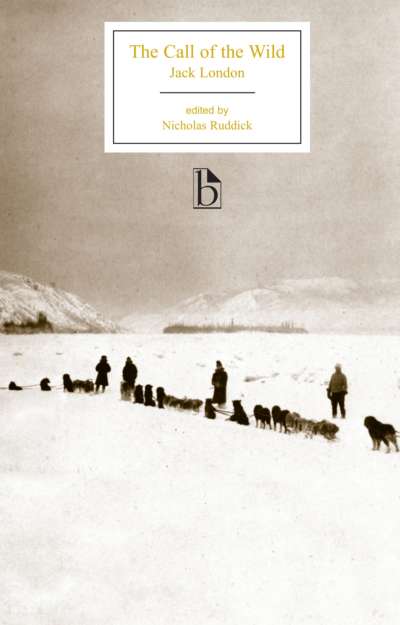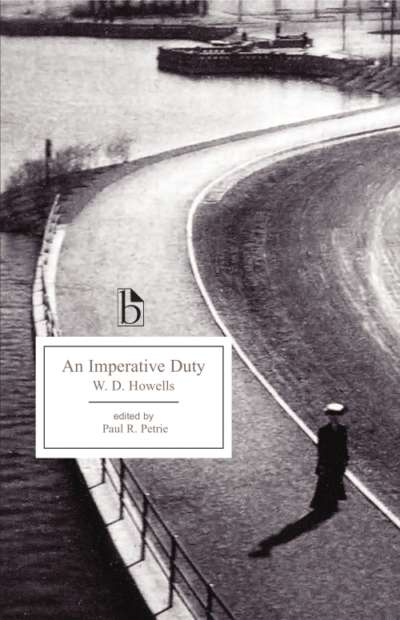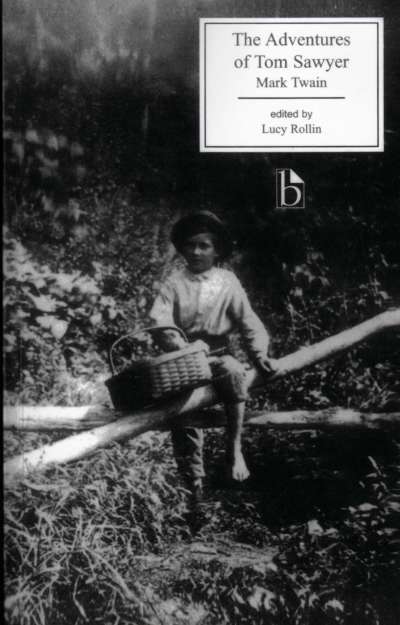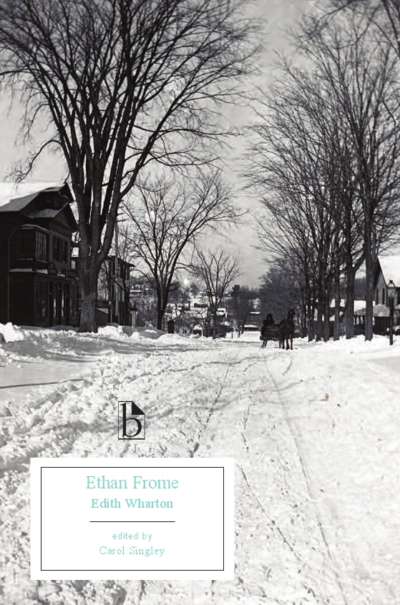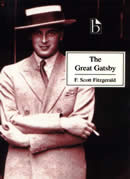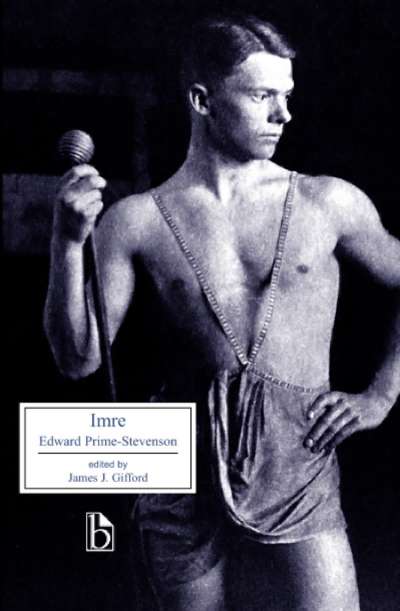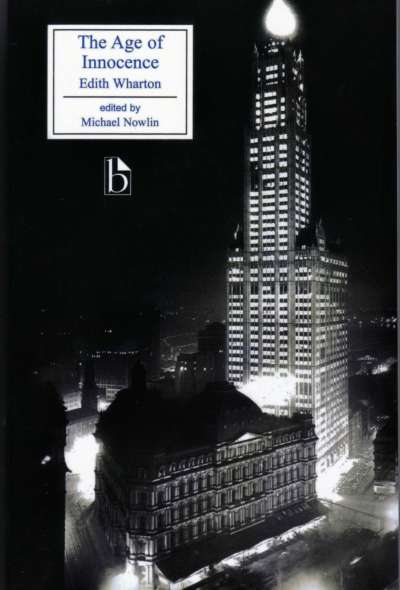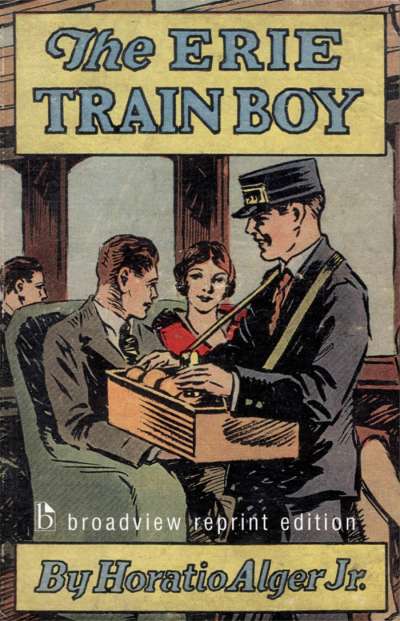
The Great Gatsby is widely regarded as one of the masterpieces of American fiction. It tells of the mysterious Jay Gatsby’s grand effort to win the love of Daisy Buchanan, the rich girl who embodies for him the promise of the American dream. Deeply romantic in its concern with self making, ideal love, and the power of illusion, it draws on modernist techniques to capture the spirit of the materialistic, morally adrift, post-war era that Fitzgerald dubbed “the jazz age.” Gatsby’s aspirations remain inseparable from the rhythms and possibilities suggested by modern consumer culture, popular song, and the movies, while his obstacles remain inseparable from contemporary American anxieties about social mobility, racial mongrelization, and the fate of Western civilization.
This Broadview edition sets the novel in context by providing readers with a critical introduction and crucial background material about the consumer culture in which Fitzgerald was immersed, the novel’s composition and reception, and the jazz age. The second edition has been updated throughout, with expanded writings on race and immigration in 1920s America from Anzia Yezierska, Alain Locke, and others.
Comments
“If The Great Gatsby is, at first glance, an alluring but relatively simple tale, it eventually settles on our consciousness as an almost miraculous dramatization of the essence of the American experience. No major American theme—be it the role of money, art, the quest for social justice, race, or our sense of our national destiny—escapes Fitzgerald’s prophetic gaze. This edition, strategically organized and invaluable from start to finish, is the virtually perfect guide to the depth and significance of his masterpiece.” — Arnold Rampersad, Stanford University
“Michael Nowlin’s edition of The Great Gatsby is educational and elegant. The generous footnotes are detailed yet unobtrusive, and the supplementary materials provide excellent context for what many consider The Great American Novel. The novel, and the world of the novel, are both available to you here, as inseparable as they were while Fitzgerald found inspiration and wrote.” — Anne Margaret Daniel, The New School
“Readers are indeed fortunate to have Michael Nowlin’s extremely useful edition of The Great Gatsby. Nowlin provides a wealth of ancillary materials that enhance our understanding and appreciation of Fitzgerald’s masterpiece. Throughout, Nowlin’s emphasis is on the quality, not quantity, of these materials; the result is a book that will be indispensable to students, teachers, and the casual reader alike.” — Jackson R. Bryer, University of Maryland
“Michael Nowlin’s Gatsby offers a glimpse beneath Fitzgerald’s gorgeous prose into the cultural, historical, and social registers that make this book an enduring classic. More specifically, the Broadview edition provides a knowledgeable and accessible introduction to the novel. It also supplies readers with annotations that illuminate historical references, which are becoming increasingly opaque to 21st-century audiences. Nowlin’s selection of accompanying materials puts Fitzgerald’s iconic text into conversation with contemporary discourse on racial politics, the changing gender roles embodied by the Flapper, the effects of Prohibition, and the increasing influence of consumer culture. The inclusion of 1920s print ads reinforces the ways that advertisements both reflected and shaped the values of American aristocracy and those who aspired to join its ranks. Finally, the correspondence between Fitzgerald and his contemporaries, most notably, editor Max Perkins, reveals the writer’s human side: his grand artistic ambitions as well as his imperfections and insecurities. This edition is a welcome addition to any and all bookshelves—teachers and students, scholars and casual readers alike.” — Erin E. Templeton, Converse College, F. Scott Fitzgerald Society Board of Directors


